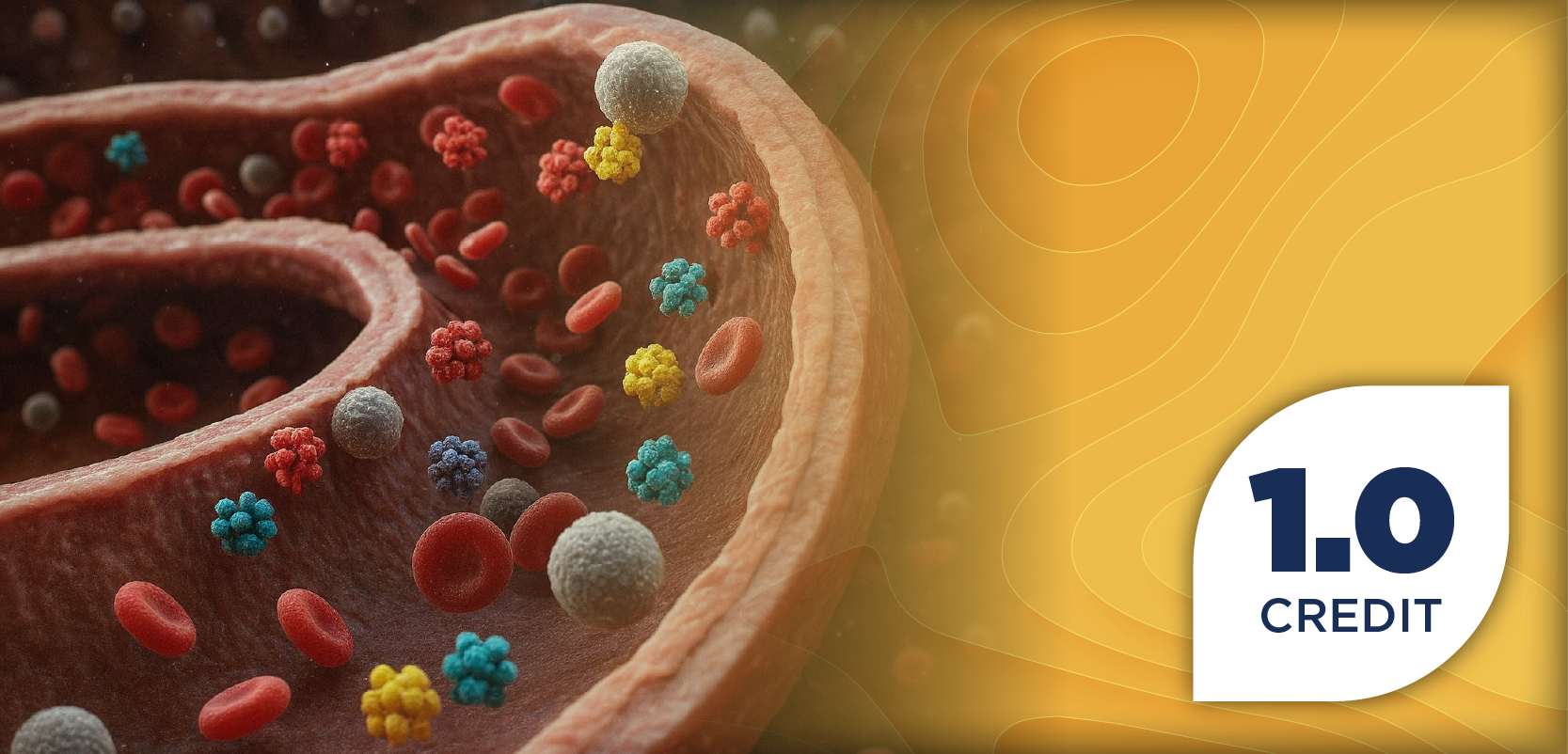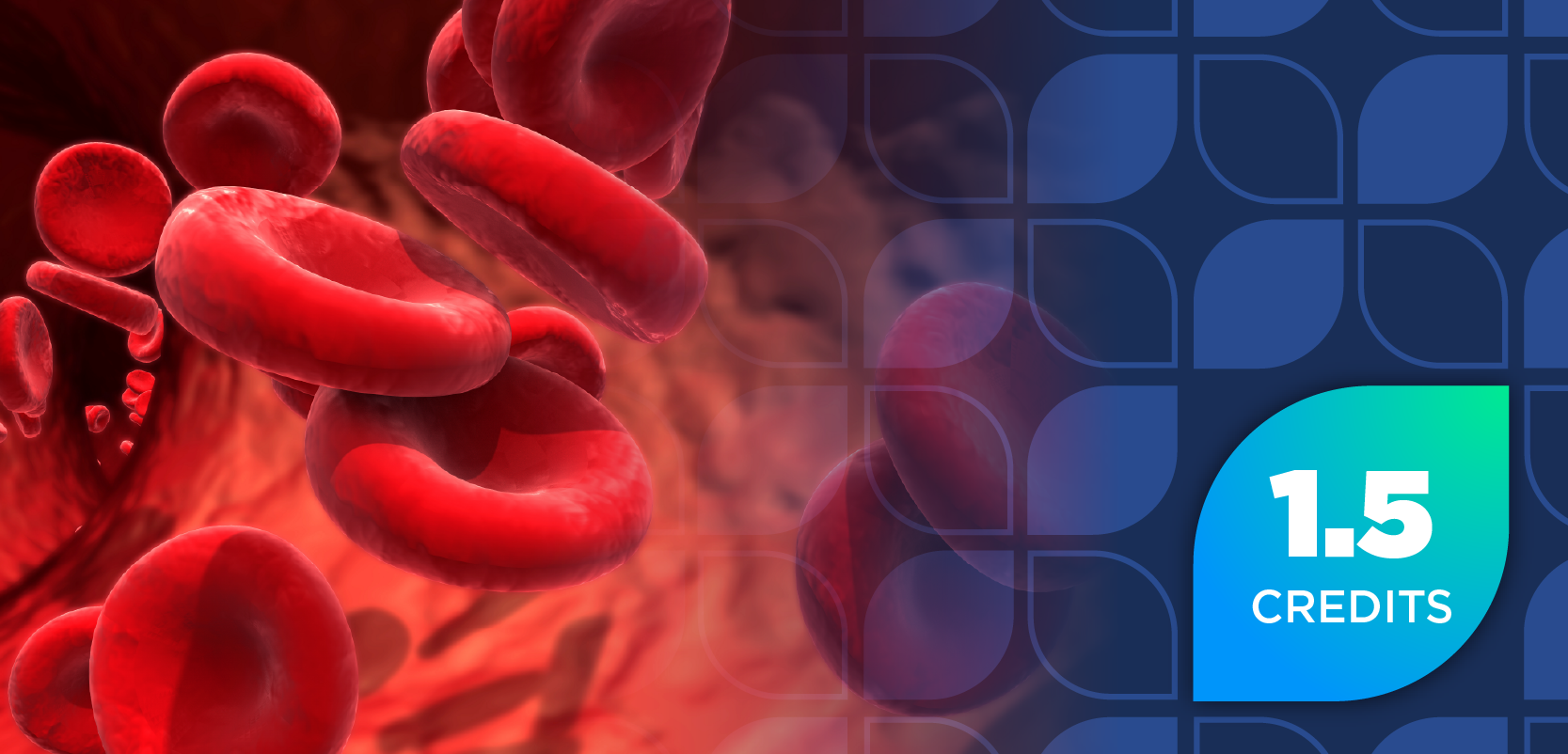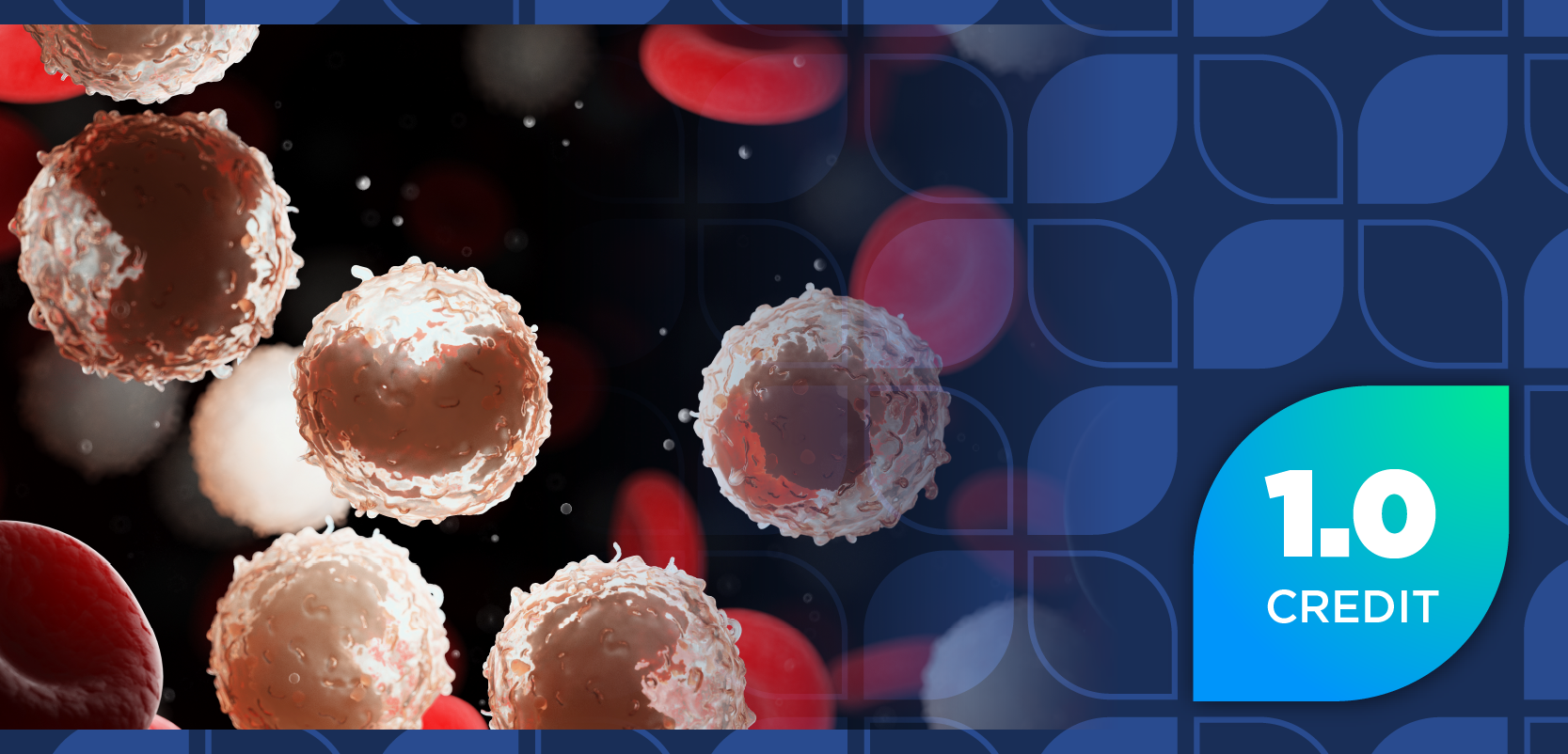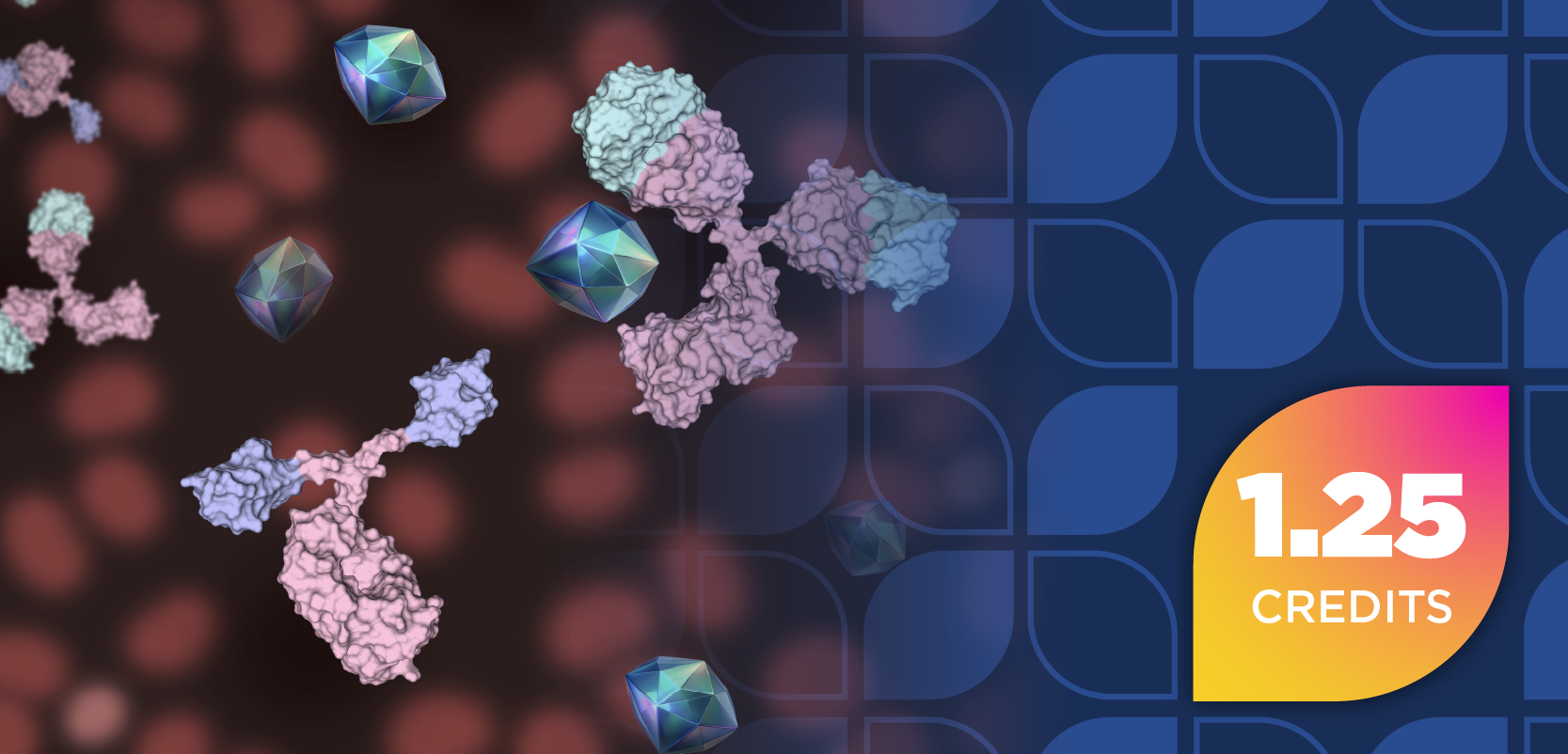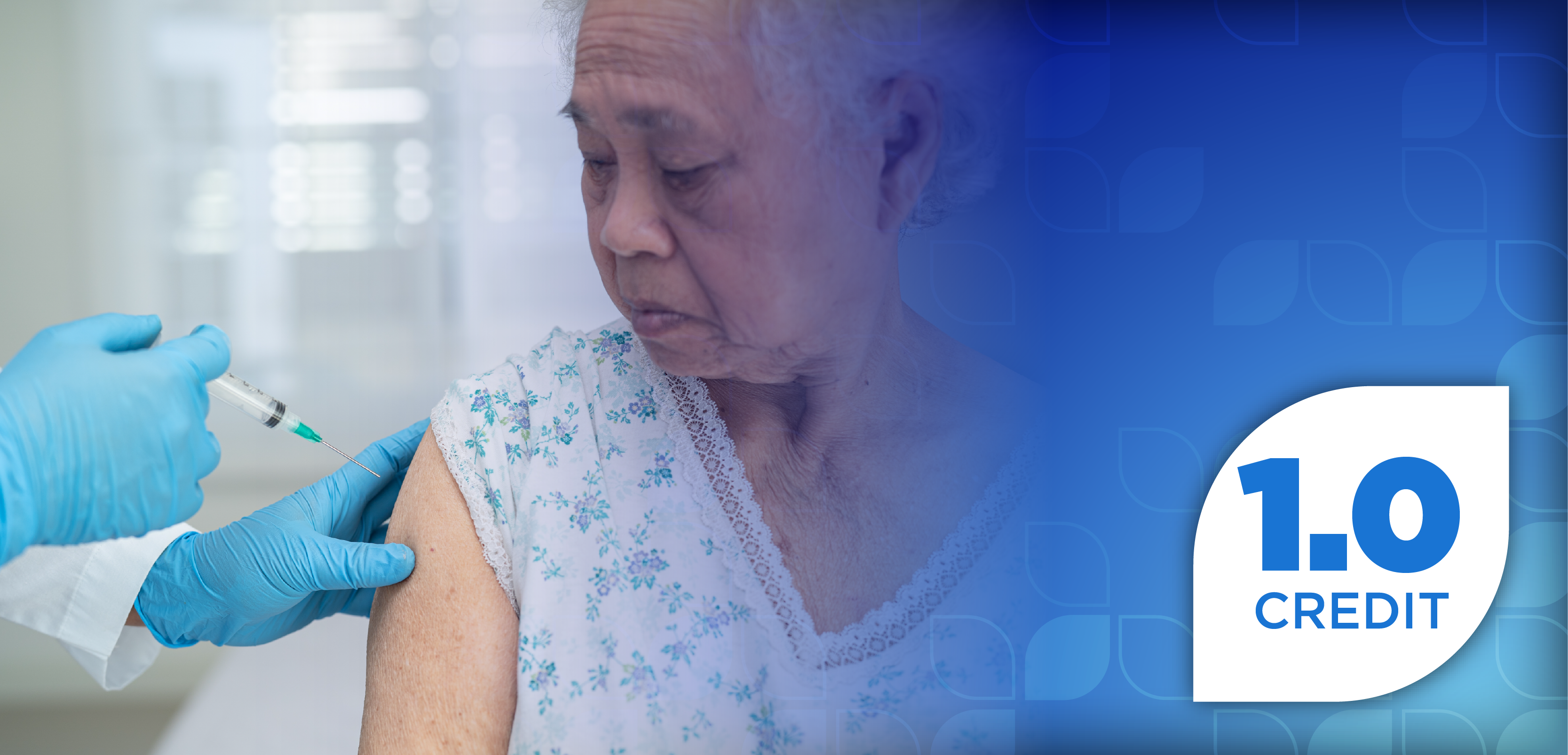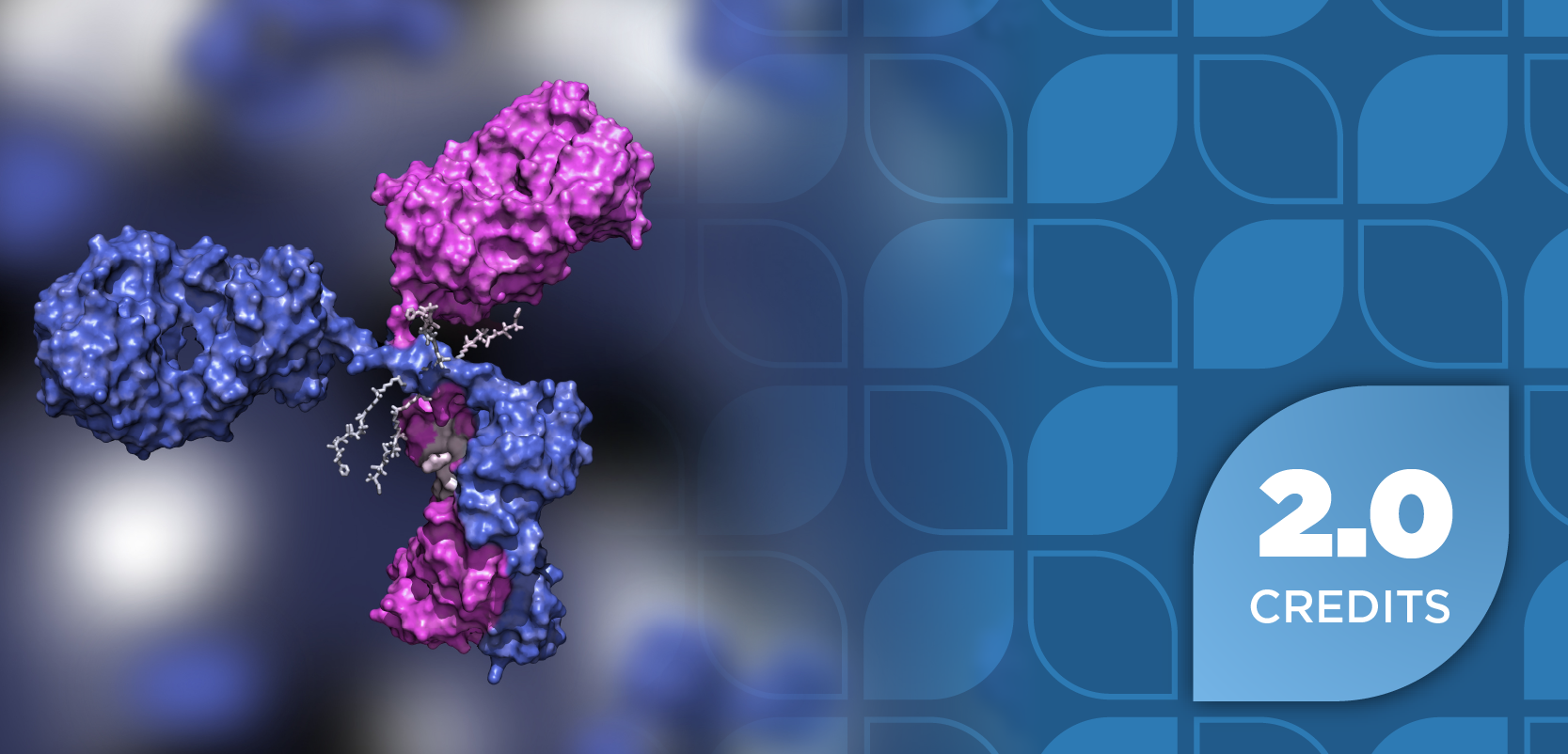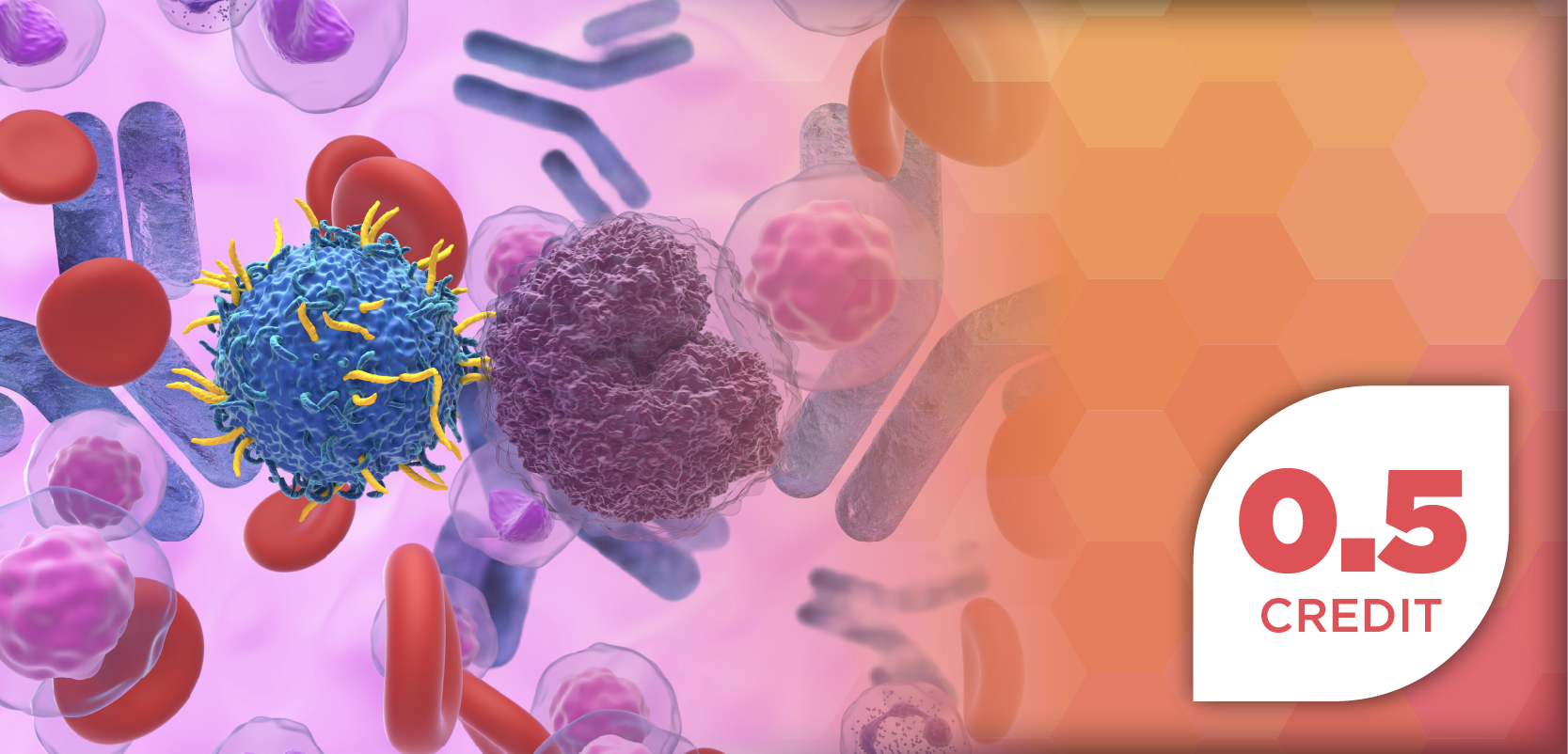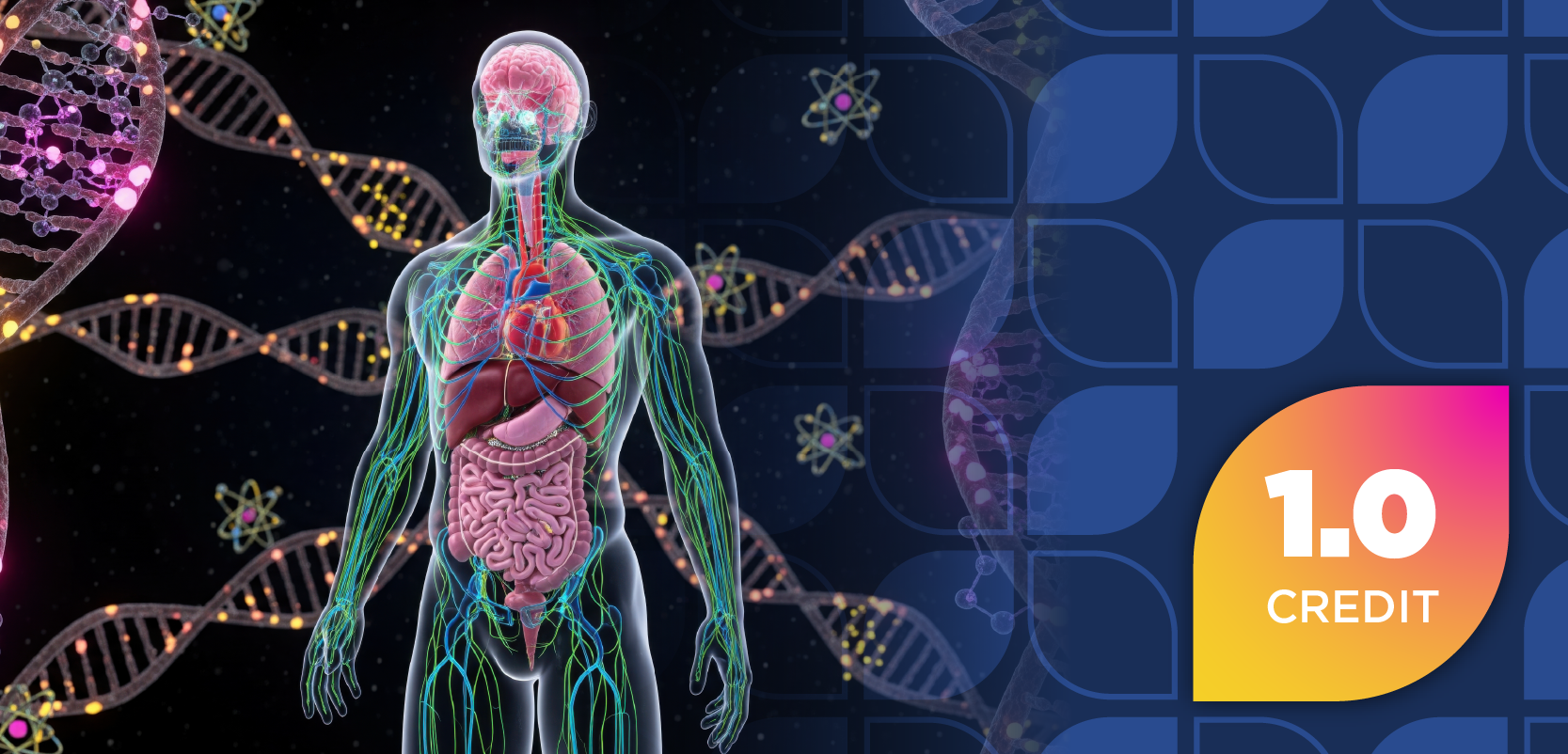Findings from the OUtMATCH clinical trial (NCT03881696) published in the Journal of Allergy and Clinical Immunology demonstrate that omalizumab (Xolair; Genentech USA) presented superiority to multi-allergen oral immunotherapy when treating patients with multi-food allergy. The study investigators noted that the presented differences were largely driven by the high rate of adverse events (AEs) in patients receiving oral immunotherapy, which led to study discontinuation.1
About the Trial
Trial Name: Omalizumab as Monotherapy and as Adjunct Therapy to Multi-Allergen OIT in Food Allergic Participants (OUtMATCH)
ClinicalTrials.gov ID: NCT03881696
Sponsor: National Institute of Allergy and Infectious Diseases (NIAID)
Completion Date (Estimated): June 30, 2025
Omalizumab is the only FDA-approved antibody that both targets and blocks immunoglobulin E (IgE). It reduces free IgE, down-regulates high-affinity IgE receptors, and limits mast cell degranulation, which minimizes the release of mediators throughout the patient’s allergic inflammatory cascade. It was approved by the FDA in February 2024 to reduce allergic reactions in adult and pediatric patients aged 1 year and older with 1 or more IgE-mediated food allergies.2
The approval was a result of positive data from stage 1 of the multicenter, randomized, double-blind, placebo-controlled phase 3 OUtMATCH (NCT03881696) clinical trial. Stage 1 findings demonstrated that a statistically significant higher proportion of patients treated with omalizumab for 16 to 20 weeks (68%) had tolerated at least 600 mg of peanut protein without moderate to severe allergic symptoms or reactions compared with those treated with placebo (5%). This amount of peanut protein is equivalent to about half a teaspoon of regular peanut butter or 2 and a half peanuts.2,3
For the second stage, the investigators enrolled 117 patients aged 7 years with a median age of 7 years who are allergic to peanuts and at least 2 other allergens (eg, milk, egg, wheat, nuts). The patients were randomly assigned to receive either multi-allergen oral immunotherapy with placebo (n = 59) or omalizumab with placebo (n = 58). Initially, all patients received 16 weeks of omalizumab, and at week 9, oral immunotherapy and placebo with immunotherapy were initiated and escalated to a maintenance goal of 1000 mg for each patient’s study-specific foods. At week 16, patients then transitioned to blinded injection therapy, either omalizumab or placebo, for 44 weeks before being re-challenged (cumulative 8044 mg of protein/food).1,3
The second stage end points include the following: patients who successfully consume 600 mg, 1000 mg, and 2000 mg of single-dose peanut, milk, egg, wheat, or other nut (eg, cashew, hazelnut, walnut) protein without dose-limiting symptoms; and AEs related to food intake and study therapy regimens.3 A total of 51 patients (88%) in the omalizumab group and 30 (n = 51%) in the immunotherapy group completed this stage of the trial.1
In the intent-to-treat analysis of the primary end point, omalizumab demonstrated superiority (36%) compared with oral immunotherapy (19%; OR 2.6, P = .031). In addition, omalizumab showed success for 2 or more foods (P = .004) as well as other secondary end points. There were no differences in the per-protocol analysis, which excluded dropouts (primary endpoint P = .66). Serious AEs were reported in approximately 0% and 30.5% of those in the omalizumab and immunotherapy groups, respectively. AEs that led to treatment discontinuation (0% versus 22.0%) and AEs treated with epinephrine (6.9% versus 37.3%) were less common in the omalizumab group.1
The current findings1 are consistent with omalizumab’s known safety profile and what was observed in stage 1 of the trial. There were no significant differences between the groups, with the most common AEs reported by omalizumab-treated patients being injection site reactions (15.5%) and fever (6.4%).1,2,4
REFERENCES
1. Wood R, Jones S, Dantzer J, et al. Treatment of Multi-Food Allergy with Omalizumab Compared to Omalizumab-Facilitated Multi-Allergen OIT. JACI. 2025;155(2, Supplement):AB444. doi:10.1016/j.jaci.2024.12.1022
2. McGovern, G. FDA Approves Omalizumab to Reduce Food-Based Allergic Reactions in Adult and Pediatric Patients. Pharmacy Times. February 16, 2024. Accessed February 18, 2025. https://www.pharmacytimes.com/view/fda-approves-omalizumab-to-reduce-food-based-allergic-reactions-in-adult-and-pediatric-patients
3. Omalizumab as Monotherapy and as Adjunct Therapy to Multi-Allergen OIT in Food Allergic Participants (OUtMATCH). ClinicalTrials.gov identifier: NCT03881696. Updated January 28, 2025. Accessed February 18, 2025. https://clinicaltrials.gov/study/NCT03881696
4. Wood RA, Togias A, Sicherer SH, et al. Omalizumab for the Treatment of Multiple Food Allergies. NEJM. 2024;390(10):889-899. Doi:10.1056/NEJMoa2312382































































